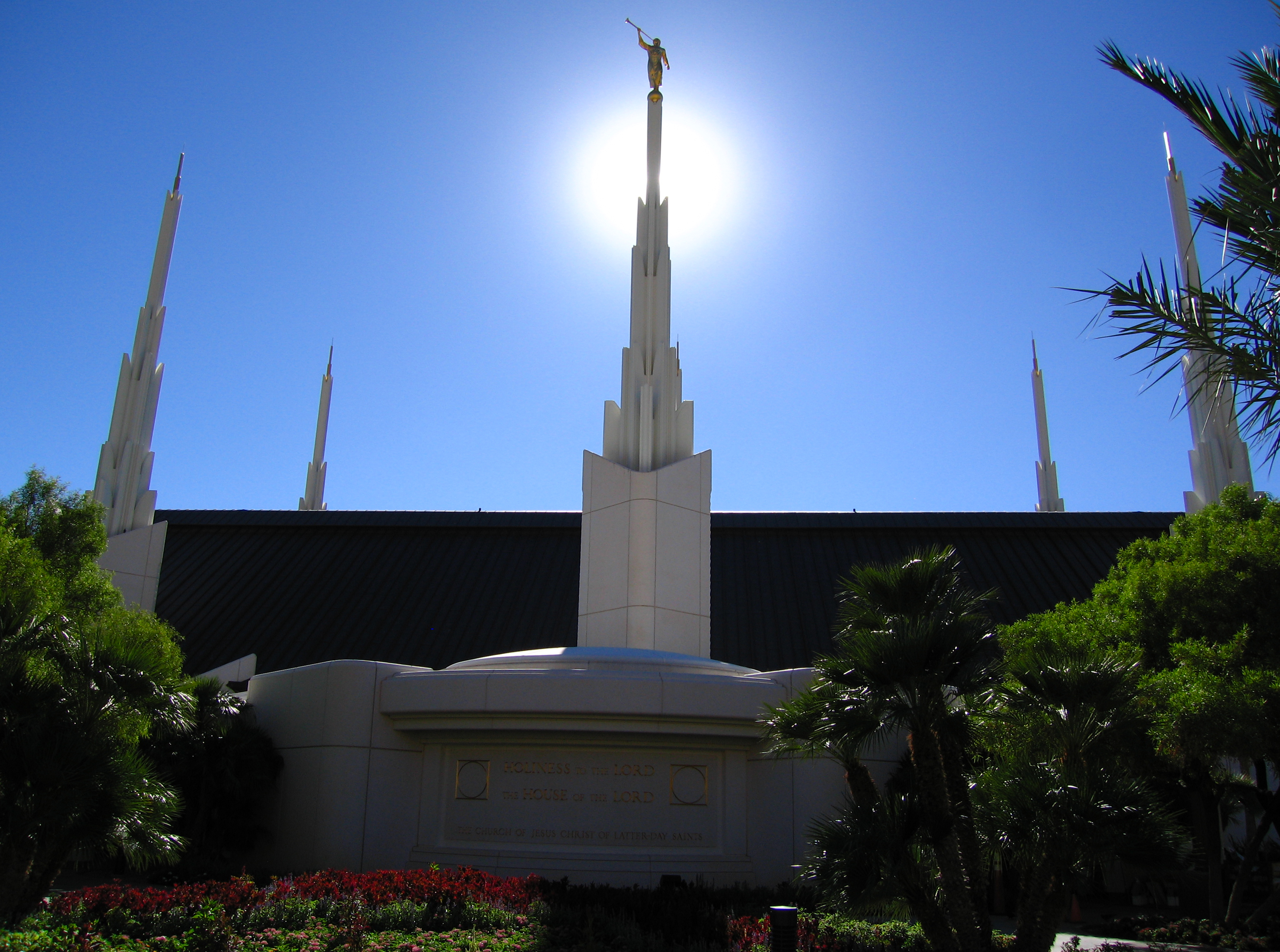The temple complex was constructed from 1406 to 1420 during the reign of the Yongle Emperor, who was also responsible for the construction of the Forbidden City in Beijing. The complex was extended and renamed Temple of Heaven during the reign of the Jiajing Emperor in the 16th century. Jiajing also built three other prominent temples in Beijing, the Temple of Sun (日壇) in the east, the Temple of Earth (地壇) in the north, and the Temple of Moon (月壇) in the west. The Temple of Heaven was renovated in the 18th century under the Qianlong Emperor. By then, the state budget was insufficient, so this was the last large-scale renovation of the temple complex in imperial times.
The temple was occupied by the Anglo-French Alliance during the Second Opium War. In 1900, during the Boxer Rebellion, the Eight Nation Alliance occupied the temple complex and turned it into the force's temporary command in Beijing, which lasted for one year. The occupation desecrated the temple and resulted in serious damage to the building complex and the garden. Robberies of temple artifacts by the Alliance were also reported.[citation needed] With the downfall of the Qing, the temple complex was left un-managed. The neglect of the temple complex led to the collapse of several halls in the following years.
In 1914, Yuan Shikai, then President of the Republic of China, performed a Ming prayer ceremony at the temple, as part of an effort to have himself declared Emperor of China. In 1918 the temple was turned into a park and for the first time open to the public.
The Temple of Heaven was inscribed as a UNESCO World Heritage Site in 1998 and was described as "a masterpiece of architecture and landscape design which simply and graphically illustrates a cosmogony of great importance for the evolution of one of the world’s great civilizations..." as the "symbolic layout and design of the Temple of Heaven had a profound influence on architecture and planning in the Far East over many centuries."
Access
The Temple of Heaven is located in southern Dongcheng District, which until 2010 was part of Chongwen District. The park itself is open daily from 6:00-22:00pm. The relic sites inside the park open at 8:00 and close at 17:30 from March 1 to June 30, 18:00 from July 1 to October 31, and 17:00 from November 1 to February 28.There is a nominal entry charge.
All four of the park's gates are accessible by public transportation.
East Gate on Tiantan East Rd. and Tiyuguan Rd.: Beijing Subway Line 5 Tiantandongmen Station; Beijing Bus routes 25, 36, 39, 208, 525, 610, 685, 686, 723, 827, 829, 957, 958
West Gate on Tianqiao South St. and Nanwei Rd.: Beijing Bus route 2, 15, 17, 20, 35, 36, 69, 71, 120, 203, 504, 707, 729, BRT1, 特11
North Gate on Tiantan Rd. and Qinnian St.: Beijing Bus routes 6, 34, 35, 36, 106, 110, 687, 707
South Gate on Yongdingmen East St. and Jintai Rd.: Beijing Bus routes 36, 53, 120, 122, 208, 525, 610, 958, 特3, 特11, 特12, 运通102
The temple was occupied by the Anglo-French Alliance during the Second Opium War. In 1900, during the Boxer Rebellion, the Eight Nation Alliance occupied the temple complex and turned it into the force's temporary command in Beijing, which lasted for one year. The occupation desecrated the temple and resulted in serious damage to the building complex and the garden. Robberies of temple artifacts by the Alliance were also reported.[citation needed] With the downfall of the Qing, the temple complex was left un-managed. The neglect of the temple complex led to the collapse of several halls in the following years.
In 1914, Yuan Shikai, then President of the Republic of China, performed a Ming prayer ceremony at the temple, as part of an effort to have himself declared Emperor of China. In 1918 the temple was turned into a park and for the first time open to the public.
The Temple of Heaven was inscribed as a UNESCO World Heritage Site in 1998 and was described as "a masterpiece of architecture and landscape design which simply and graphically illustrates a cosmogony of great importance for the evolution of one of the world’s great civilizations..." as the "symbolic layout and design of the Temple of Heaven had a profound influence on architecture and planning in the Far East over many centuries."
Access
The Temple of Heaven is located in southern Dongcheng District, which until 2010 was part of Chongwen District. The park itself is open daily from 6:00-22:00pm. The relic sites inside the park open at 8:00 and close at 17:30 from March 1 to June 30, 18:00 from July 1 to October 31, and 17:00 from November 1 to February 28.There is a nominal entry charge.
All four of the park's gates are accessible by public transportation.
East Gate on Tiantan East Rd. and Tiyuguan Rd.: Beijing Subway Line 5 Tiantandongmen Station; Beijing Bus routes 25, 36, 39, 208, 525, 610, 685, 686, 723, 827, 829, 957, 958
West Gate on Tianqiao South St. and Nanwei Rd.: Beijing Bus route 2, 15, 17, 20, 35, 36, 69, 71, 120, 203, 504, 707, 729, BRT1, 特11
North Gate on Tiantan Rd. and Qinnian St.: Beijing Bus routes 6, 34, 35, 36, 106, 110, 687, 707
South Gate on Yongdingmen East St. and Jintai Rd.: Beijing Bus routes 36, 53, 120, 122, 208, 525, 610, 958, 特3, 特11, 特12, 运通102



